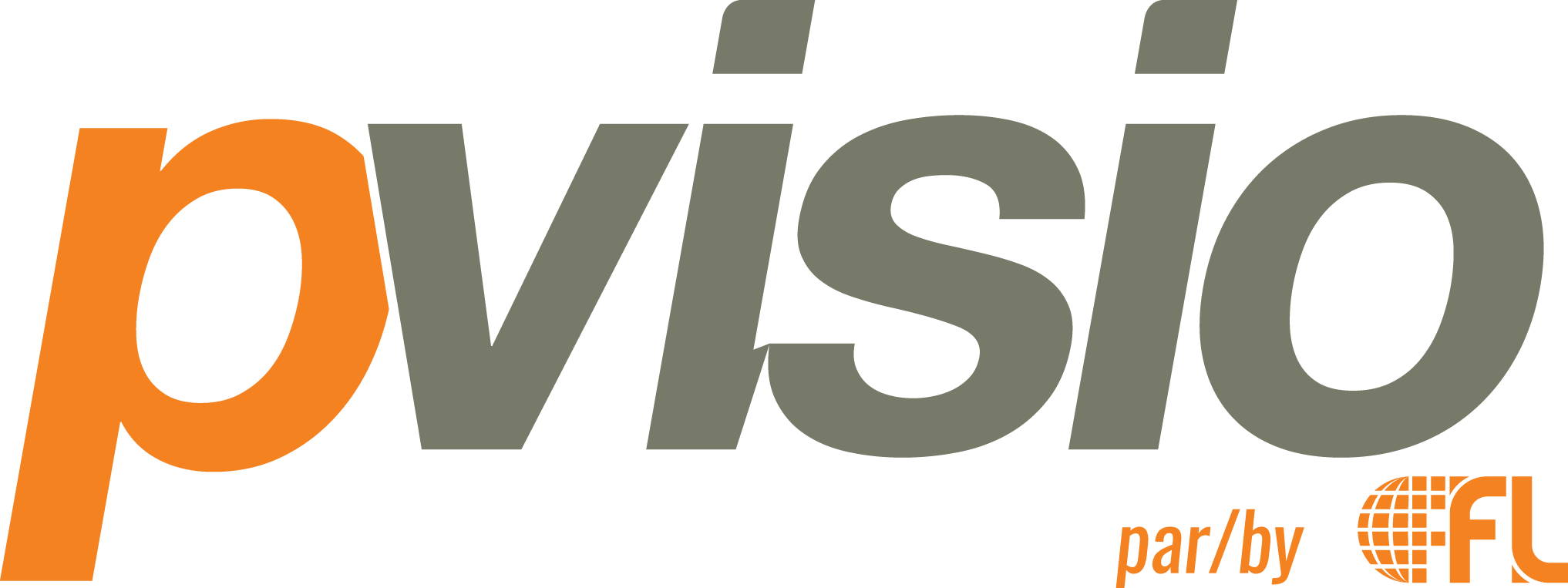Every employer in Quebec pays an annual premium to the CNESST and has certain obligations under the various Health & Safety laws. That said, many employers do not fully understand their responsibilities, nor what it means to have strong health & safety practices in place.
The fact is that every company could benefit from a more careful management of their health and safety practices. Just like an insurance company, the fewer claims you have, the lower your premiums will be, particularly in the case of medium to large companies. Therefore the more effort you put into accident prevention and in the management of claims, the greater the savings will be to the organization.
In a small business, even though the prevention efforts will not always be directly reflected on the company’s financial CNESST file, it will have a serious impact on indirect costs both in the short and long term, as well as on the collective amounts that are paid to the CNESST.
Indirect Costs
- Lost time the day of the accident
- Administrative follow-up of the file
- Overtime
- Negative publicity for the company
- Hiring and training of a replacement
- Lawsuits or criminal charges
- Production delays
- Poor work environment
- Material damage to facilities, tools and equipment
- And much more…
Furthermore, proper prevention measures ensures that a company meets its legal obligation to “take the necessary measures to protect the security and physical integrity of their workers” as stipulated in article 51 of the Loi sur la santé et la sécurité du travail.
Related: Why summer is the ideal time to review you CNESST files?
The best solution to avoid the above-mentioned costs and to ensure that the company meets its legal obligations is to prevent the accident from ever occurring. To do this, it is necessary to identify and eliminate all possible sources of risk. If it is not possible to eliminate all risks, than all possible measures must be taken to protect the workers from any work-related risk by means such as protective clothing or installation of protective equipment directly on machinery. Further, training of staff, the implementation of safe work methods and the implementation of policies and procedures in health & safety also help minimize the risk of workplace accidents.
Lastly, proper management of health and safety permits companies to integrate this into their corporate culture, all while increasing awareness and accountability of all stakeholders including employees and management. This permits a thorough follow-up of accident files when they unfortunate do occur. There are measures that can be taken in order to promote the maintenance of an employment relationship with the injured worker which in turn helps to ensure a prompt and sustainable return to work, all while reducing the financial impact on the employer. One main example would be a temporary assignment of a worker to light work which respects his functional limitations, or a progressive return to work.
When health and safety is a priority in an organization and valued at all levels, everyone wins! The employer will benefit from a reduction in injury-related costs and employees are more likely to develop and grow in a company that takes their security and well-being to heart.
QUESTIONS?
Need help with your company’s health & safety practices? We can help! To receive a free one-hour consultation, please send us your contact information by clicking here.
Our consulting services can help you take advantage of the numerous benefits of a proper management of health and safety.




